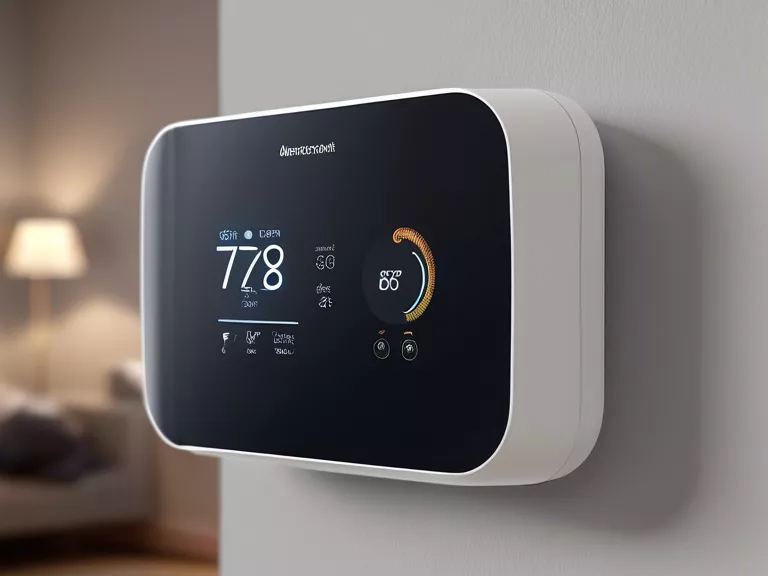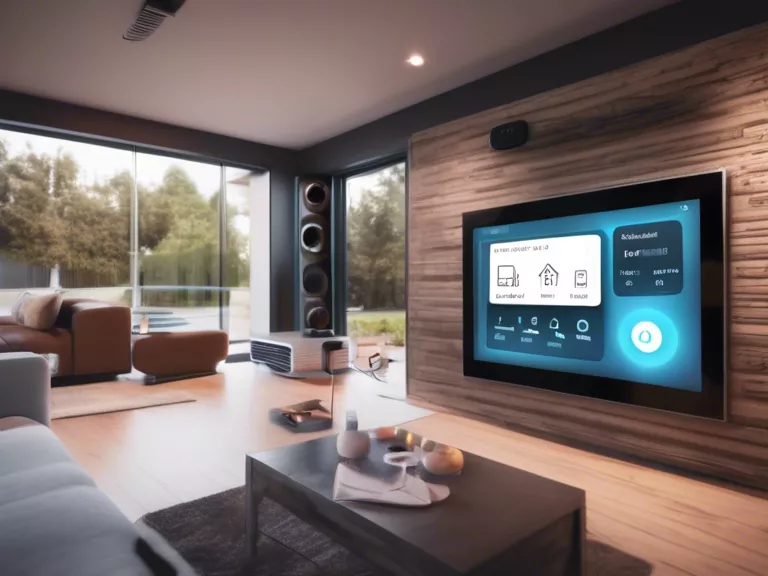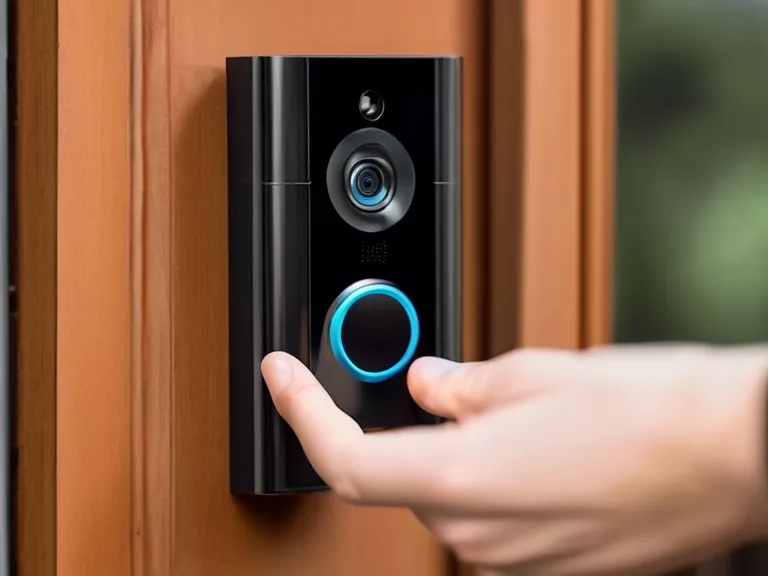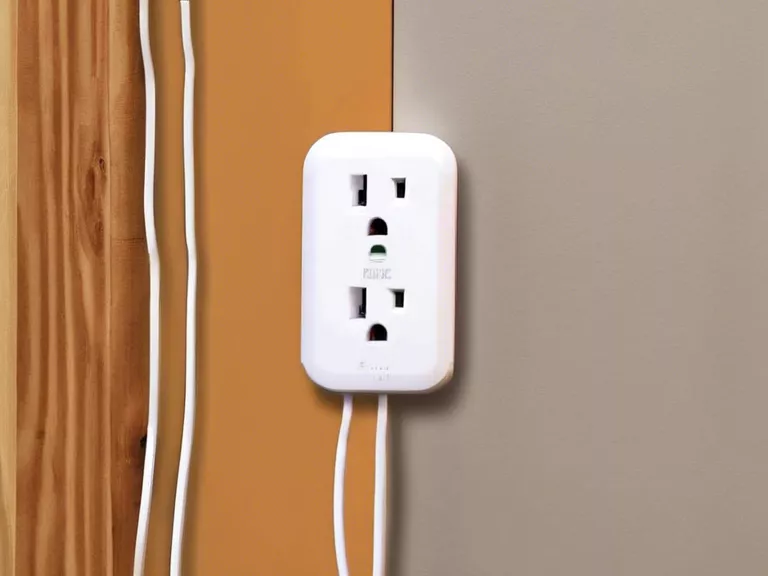
In recent years, the rise of AI-powered smart thermostats has revolutionized the way we regulate temperature in our homes. These innovative devices are capable of learning user preferences and daily routines to create personalized heating and cooling schedules for optimal comfort and energy efficiency.
One of the key features of AI-powered smart thermostats is their ability to adapt and learn from user behavior. By monitoring temperature settings, occupancy patterns, and even weather conditions, these devices can analyze data to make informed decisions about how to adjust the temperature settings in a home. This learning process allows the thermostat to anticipate when users will be home and make sure that the temperature is comfortable upon their arrival.
Additionally, smart thermostats can also take into account factors such as humidity levels, sunlight exposure, and insulation quality to further optimize heating and cooling settings. By continuously gathering and analyzing data, these devices are able to fine-tune their recommendations over time and ensure that the user's comfort preferences are always met.
Furthermore, many AI-powered smart thermostats are equipped with advanced features such as geofencing, which can detect when users are approaching or leaving their home and adjust the temperature accordingly. This not only enhances comfort but also helps to save energy by avoiding unnecessary heating or cooling when the home is unoccupied.
Overall, AI-powered smart thermostats are a game-changer when it comes to personalized comfort and energy efficiency. By continuously learning from user behavior and environmental factors, these devices are able to create tailored heating and cooling schedules that prioritize both comfort and savings. As technology continues to evolve, we can expect even more advanced features from smart thermostats that further enhance the user experience.



